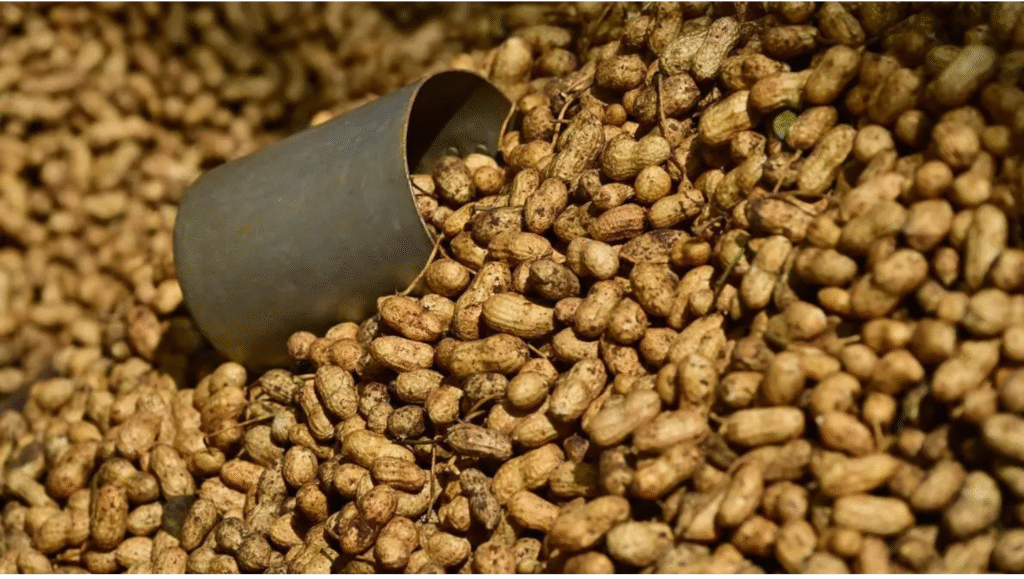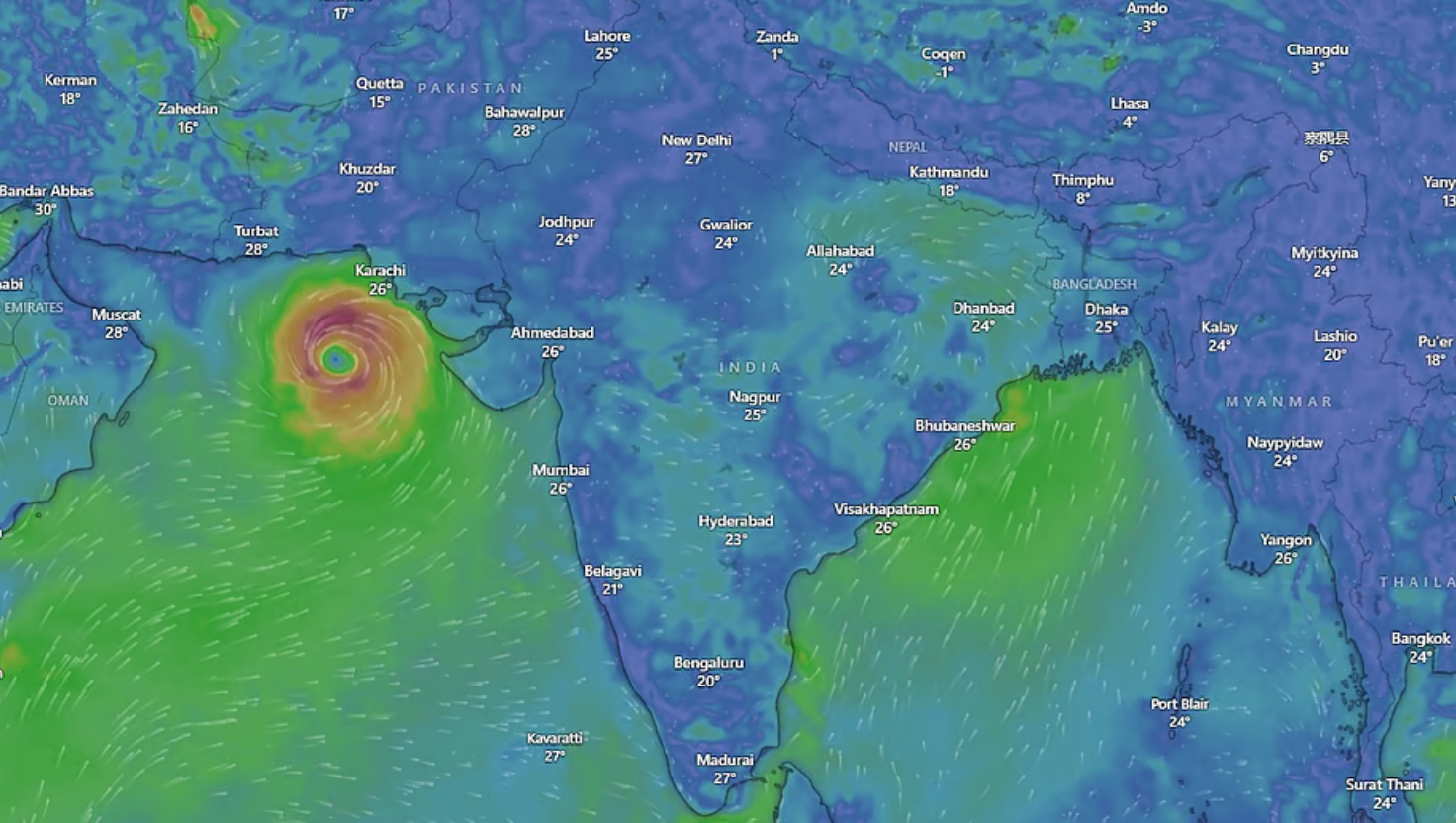Aflatoxin Contamination
Syllabus: Food Safety / Public Health (UPSC Prelims)
Source: Business Line
Why in News?
Indonesia has suspended groundnut imports from India due to concerns over aflatoxin contamination. Exporters have raised objections regarding delayed notifications and testing procedures that do not comply with WTO standards.
About Aflatoxins
- Definition: Toxic secondary metabolites produced by fungi Aspergillus flavus and Aspergillus parasiticus.
- Occurrence: Found in hot, humid climates, contaminating groundnuts, maize, rice, spices, tree nuts, and crude oils, both pre- and post-harvest.
Category & Types
- Mycotoxins: Chemical toxins produced by fungi.
- Key Types:
- B1: Most common and toxic; liver carcinogen; strictest limits globally.
- B2: Co-occurs with B1; less toxic but adds to total aflatoxin load.
- G1: Green-blue fluorescent toxin; genotoxic; found in nuts/maize.
- G2: Mildest form; harmful with chronic exposure.
- M1: Metabolite of B1 in milk; heat-stable; risk for infants even after pasteurisation.
Key Features
- Heat-Stable: Not destroyed by cooking or normal processing.
- Genotoxic & Carcinogenic: Can damage DNA and cause cancer.
- Invisible Threat: Cannot be detected by sight, smell, or taste; requires lab testing.
- Global Concern: Subject to strict Codex Alimentarius and WTO SPS standards for trade.
Impacts on Food & Health
- Health Risks: Liver cancer, immune suppression, growth retardation in children, and acute aflatoxicosis in severe cases.
- Food Safety: Leads to trade rejections, farmer income loss, and wastage of food consignments.
- Economic Impact: Exporters face strict limits (e.g., EU: ≤4 µg/kg for B1 in peanuts).
- Public Health Concern: Aflatoxin M1 in milk poses a risk for infants and lactating mothers.











